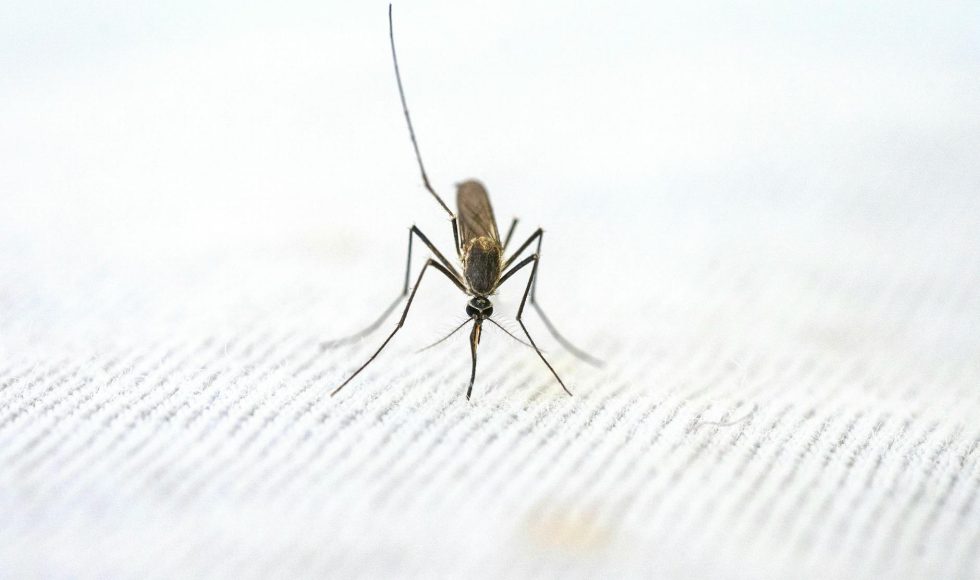Adriel Latorre-Perez from the Darwin Bioprospecting Excellence S.L. in Spain presented at the Nanopore Community Meeting 2021. I had watched this session previously and wanted to review it since I assigned a video this week related to bioprospecting. The title of the session is “A round trip to the desert: in situ nanopore sequencing informs […]
Jolien E’aes from Sciensano in Belgium presented at the Nanopore Community Meeting 2021. The title of the presentation is “Characterization of genetically modified microorganisms is facilitated by long-read whole-genome sequencing.” I don’t think I have watched this session before! D’aes explained how Sciensano, the Belgian Institute for Public and Animal Health. They focus on food […]
Anika Kinkhabwala, a Genomics Manager with EpiBiome, presented at the 2017 Nanopore Community Meeting on “Understanding phage-bacterial host interactions for smarter therapeutics.” They spoke about the trends of antimicrobial resistance. EpiBiome is working with phages. Kinkhabwala noted that phages are very specific and recognize cells. Phage research has been happening since the 1920s. EpiBiome uses […]
Yutaka Suzuki from the University of Tokyo presented at London Calling in 2016 on MinION sequencing of malaria parasites. While this was an older presentation, it provided information on different applications of long-read sequencing. Suzuki and team used MinION sequencing to study mutations with earlier versions of the flow cell: R7.3! Cancer mutations were analyzed […]
Yufan Fan from Johns Hopkins University presented at the Nanopore Community Meeting in December 2017. I had not watched this session, and the title captured my attention: Bacterial DNA modifications with Nanopore sequencing. This session was short and full of information. Fan spoke about how bacteria can unleash endonucleases to cut foreign DNA. Their own […]
Arwyn Edwards from Aberystwyth University in the UK presented at London Calling 2019 on “MinION sequencing from the extreme to the everyday.” The acknowledged the support to perform sequencing in extreme environments. Edwards began with sequencing in subzero environments to provide insights into climate change. Edwards spoke about the carbon footprint of fieldwork and how […]
Mahesh Dharne from the CSIR National Chemical Laboratory in India presented at London Calling 2019. The session’s title was “Metagenomics of India’s largest River Ganges confluence at Prayagraj, India using MinION sequencing.” The Ganges is the largest river in India and third in the world. With this program, the research team is mapping the metagenomes […]
Rob James from the University of Warwick in the UK presented a session titled “From amplicons to metagenomes: long-read sequencing the environment” at London Calling 2019. James spoke about complex environmental matrices such as soil, sediment, and excreta that are often impure and biologically and chemically contaminated. Different extraction methods are used depending on the […]
Amanda Warr from The Roslin Institute in the UK presented at London Calling 2019, “Going full circle: assembly of high-quality, single-contig microbial genomes from the rumen microbiome using long-read sequencing.” I had not watched this session before! They spoke about the rumen: a specialized stomach with a complex microbial environment. They are interested in the […]
Sarah Stellwagen from the University of Maryland, Baltimore County, spoke at the Nanopore Community Meeting 2019 on arachnids! The title of the session is “Advances in arachnid genomics using Oxford Nanopore’s MinION.” They study spider silk genetics and also harvestmen. Stellwagen explained that there are several different types of silk to make egg sacs, joints, […]











